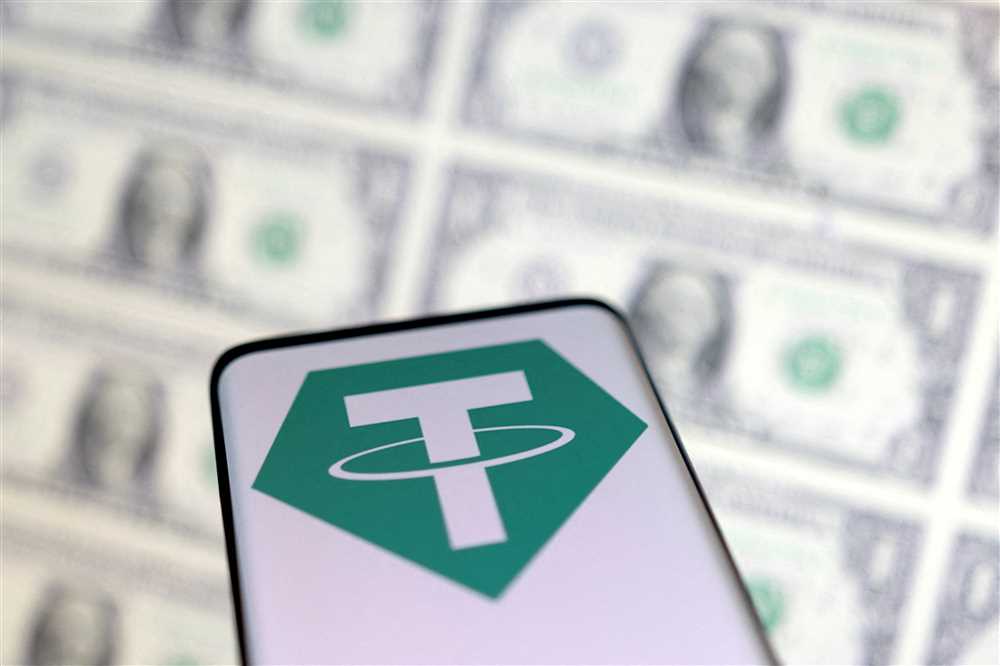
Is USDT Truly Pegged to the US Dollar Uncovering the Truth

For years, USDT has been synonymous with stability and reliability in the volatile world of cryptocurrencies. Touted as a stablecoin, it claims to be backed one-to-one by US dollars held in reserve. However, questions have arisen about the transparency and legitimacy of this claim, raising doubts about the true nature of USDT and its dollar peg.
While USDT’s creators assert that its value is always equivalent to one US dollar, skeptics point to the lack of clear evidence to support this assertion. The lack of an independent audit and the opaque nature of the reserve holdings have fueled suspicions that USDT may not be as fully backed as it claims to be.
Moreover, allegations have been made that USDT is being used to manipulate the price of Bitcoin and other cryptocurrencies. With its market dominance, USDT has the potential to exert significant influence on the cryptocurrency market. Critics argue that without proper regulatory oversight, USDT’s operations could be manipulated to benefit its creators and certain individuals or organizations linked to them.
The controversy surrounding USDT and its dollar peg has not gone unnoticed by regulators and financial authorities. Many are calling for increased regulation and oversight of stablecoins to ensure their stability and protect investors’ interests. The lack of transparency in USDT’s operations, combined with its growing influence, has created a pressing need for greater scrutiny to maintain the integrity of the cryptocurrency market.
The Birth of USDT: From Stablecoin to Controversial Asset
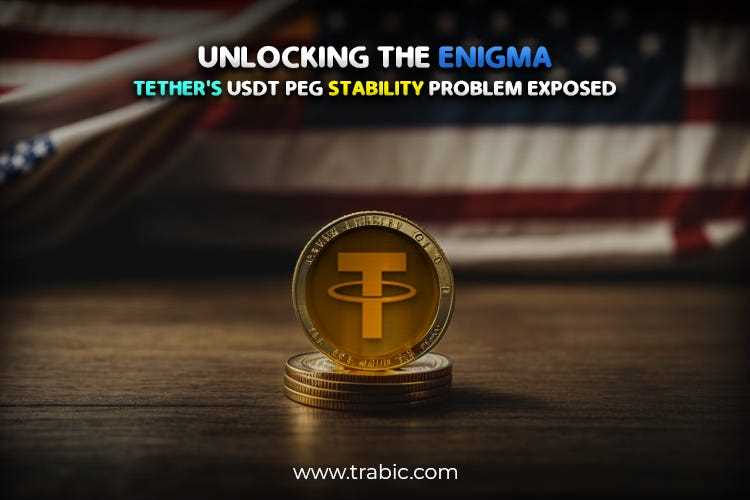
USDT, also known as Tether, is a cryptocurrency that was created in 2014. It was designed to be a stablecoin, meaning its value would be pegged to a traditional fiat currency, specifically the US dollar. The goal was to provide the benefits of cryptocurrencies, such as fast and cheap transactions, while maintaining a stable value.
USDT was originally created on the Bitcoin blockchain using the Omni Layer protocol. This allowed users to easily send and receive USDT tokens using the Bitcoin network. In the early years, USDT was primarily used as a tool for traders to quickly move funds between various cryptocurrency exchanges.
However, as time went on, USDT began to face increasing scrutiny and controversy. One of the main concerns was whether Tether Limited, the company behind USDT, actually had enough dollars in reserve to back the circulating supply of tokens. There were allegations that USDT was being issued without proper backing, essentially creating “phantom dollars” in the cryptocurrency market.
The Controversy Surrounding USDT
The controversy surrounding USDT reached its peak in 2018 when the New York Attorney General’s office launched an investigation into Tether Limited. The investigation alleged that Tether had been operating in New York without a proper license, and that it had misled investors about the true backing of USDT.
While Tether Limited has maintained that each USDT token is fully backed by one US dollar, the company has yet to provide a full audit to support this claim. This lack of transparency has fueled ongoing skepticism and distrust in the cryptocurrency community.
Despite the controversy, USDT remains one of the most widely used cryptocurrencies in the world. It is a key component of the cryptocurrency market, serving as a bridge between cryptocurrencies and the traditional financial system.
The Future of USDT
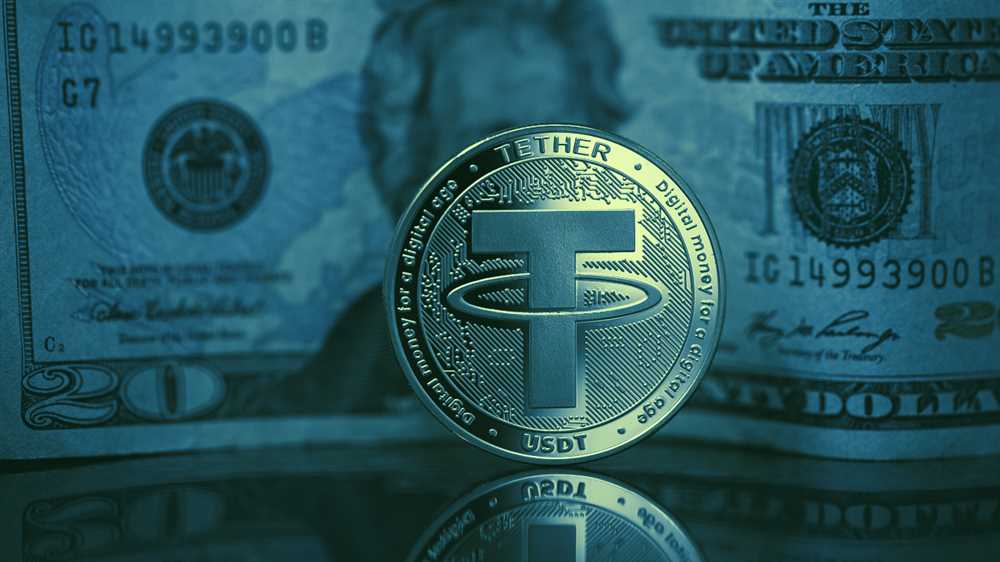
The future of USDT is uncertain. As regulators continue to increase their scrutiny of the cryptocurrency industry, there is a possibility that USDT may face further legal challenges. Additionally, the emergence of other stablecoins, such as USD Coin (USDC) and Dai (DAI), poses a potential threat to USDT’s market dominance.
However, Tether Limited has recently taken steps to address some of the concerns surrounding USDT. In February 2021, the company reached a settlement with the New York Attorney General’s office, agreeing to pay an $18.5 million fine and provide regular reports on the backing of USDT.
Only time will tell how the story of USDT unfolds. As the cryptocurrency market continues to evolve, it will be interesting to see whether USDT maintains its status as a controversial asset or if it can regain the trust of the cryptocurrency community.
The Dollar Peg Myth: Unveiling the Truth About USDT’s Backing
USDT, or Tether, has long been the subject of controversy and skepticism in the cryptocurrency world. One of the main concerns surrounding USDT is whether it is truly backed by US dollars as it claims. In this article, we will delve into the truth behind USDT’s backing and debunk the dollar peg myth.
Understanding the Dollar Peg
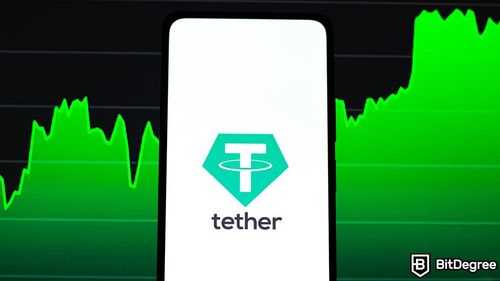
The concept of a dollar peg is simple: for every unit of USDT in circulation, there should be an equivalent amount of US dollars held as reserves. This ensures that USDT maintains a stable value and can be redeemed for dollars at any time. However, recent investigations have raised doubts about the validity of this claim.
The Controversial Relationship Between Tether and Bitfinex
A significant point of concern is the close relationship between Tether and Bitfinex, a popular cryptocurrency exchange. It was revealed that both Tether and Bitfinex share the same management team, which raises questions about the independence and transparency of Tether’s operations.
Furthermore, an investigation conducted by the New York Attorney General’s office found that Tether had been using Bitfinex’s funds to cover up to $850 million in losses. This revelation further calls into question the amount of US dollars backing USDT.
The Time Bomb of Commercial Paper
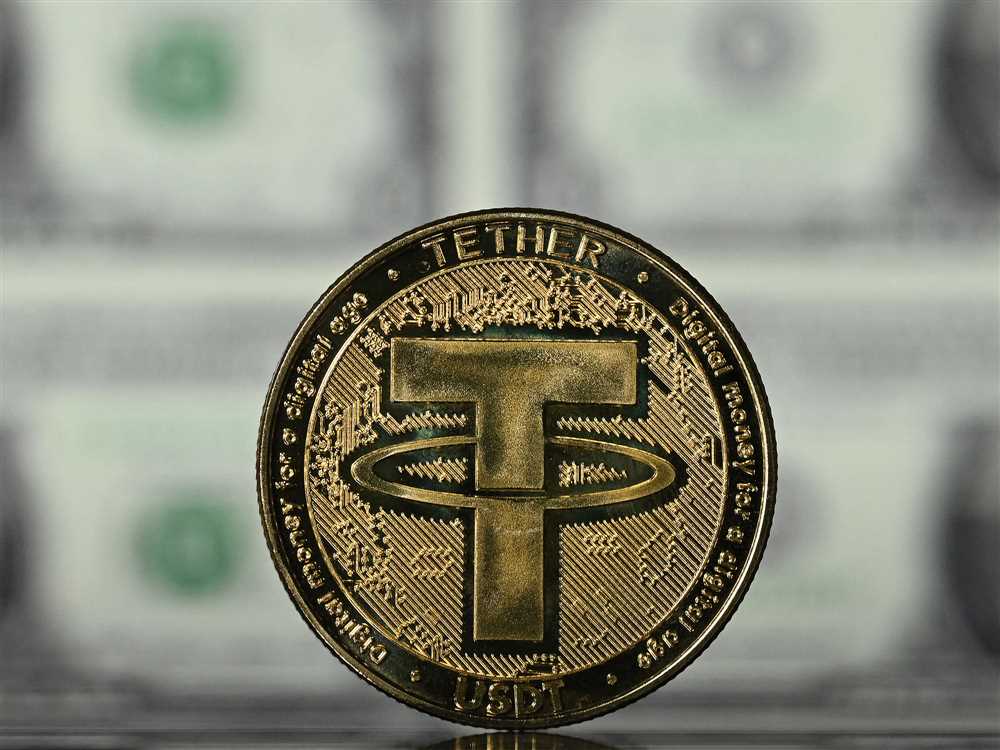
Another puzzling aspect of USDT’s supposed dollar backing is the use of commercial paper. Tether has claimed that a significant portion of its reserves consists of commercial paper, which are short-term debt instruments. However, commercial paper carries its own risks, and its value can fluctuate depending on market conditions.
Furthermore, Tether has failed to provide sufficient transparency regarding the nature and quality of the commercial paper it holds. This lack of clarity raises concerns about the stability and liquidity of USDT’s supposed backing.
Conclusion
In conclusion, the dollar peg myth surrounding USDT’s backing has been unveiled to be a complex web of questionable practices and lack of transparency. The close relationship between Tether and Bitfinex, along with the use of commercial paper, raises serious doubts about the true backing of USDT.
Investors and cryptocurrency enthusiasts should approach USDT with caution and carefully consider the risks involved. It is crucial for regulatory bodies to conduct thorough investigations and demand more transparency from Tether to protect the integrity of the cryptocurrency market.
Examining USDT’s Impact on the Cryptocurrency Market
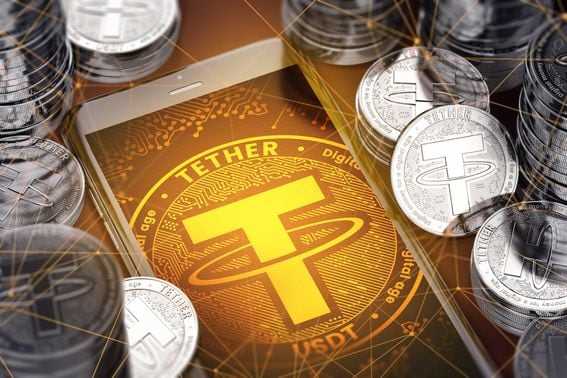
USDT, also known as Tether, is a controversial stablecoin that has had a significant impact on the cryptocurrency market. As a stablecoin, USDT is meant to be pegged to the value of the US dollar. This has led to the widespread use of USDT as a medium of exchange and a store of value within the cryptocurrency ecosystem.
One of the main ways that USDT has impacted the cryptocurrency market is by providing a stable and reliable trading pair for cryptocurrencies. Many exchanges offer USDT as a base pair alongside Bitcoin and Ethereum, allowing traders to easily buy and sell cryptocurrencies using USDT. This has increased liquidity in the market and made it easier for traders to enter and exit positions.
Furthermore, USDT has become an important tool for traders looking to hedge their positions. By converting their cryptocurrencies into USDT during times of volatility, traders can protect their capital from market fluctuations. This has helped to stabilize the cryptocurrency market and reduce the impact of sudden price swings.
However, USDT’s impact on the cryptocurrency market is not without its controversies. There have been concerns raised about the transparency and credibility of Tether Ltd., the company behind USDT. Questions have been raised about whether the USDT tokens are fully backed by US dollars, as the company claims.
These concerns have led to periodic market volatility, with the price of USDT sometimes deviating from its peg to the US dollar. This has raised questions about the stability and reliability of USDT as a stablecoin, and has had a ripple effect on the broader cryptocurrency market.
Despite these concerns, USDT continues to be one of the most widely used stablecoins in the cryptocurrency market. Its impact on the market cannot be understated, as it has provided a valuable trading pair and a tool for risk management. However, as the cryptocurrency market continues to evolve, it remains to be seen what role USDT will play in the future.
The Future of USDT: Potential Risks and Alternatives

As controversy and concerns surrounding Tether (USDT) continue to grow, it is important to consider the potential risks associated with the stablecoin and explore possible alternatives that could shape its future.
Risks Associated with USDT
1. Lack of Transparency: One of the primary concerns with USDT is the lack of transparency in its operations. Tether Limited, the company behind USDT, has faced scrutiny for failing to provide regular audits to prove the backing of the stablecoin with real-world assets. This opacity raises questions about the actual value of USDT and its ability to maintain the dollar peg.
2. Regulatory Scrutiny: Tether has faced regulatory scrutiny from various jurisdictions due to concerns over its potential impact on the stability of the global financial system. The lack of regulatory oversight and the potential for fraudulent activities pose a significant risk to the future of USDT.
3. Counterparty Risk: USDT users are exposed to counterparty risk, as Tether Limited acts as the sole issuer and custodian of the stablecoin. If the company were to face financial difficulties or regulatory actions, it could impact the ability of USDT holders to redeem their tokens for US dollars.
Possible Alternatives
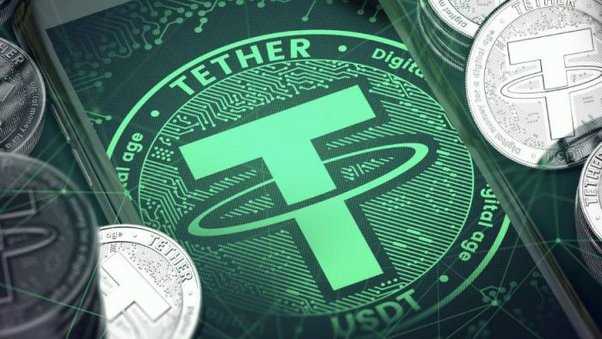
1. Regulated Stablecoins: The emergence of regulated stablecoins, issued by reputable financial institutions or backed by central banks, could offer a safer alternative to USDT. These stablecoins would be subject to regulatory oversight, providing transparency and accountability to users.
2. Decentralized Stablecoins: Decentralized stablecoins, like DAI, could provide an alternative to USDT by relying on smart contract platforms to maintain the dollar peg. These stablecoins operate on blockchain networks and are governed by a decentralized community, reducing counterparty risk and increasing transparency.
3. Central Bank Digital Currencies (CBDCs): The development of CBDCs by central banks could revolutionize the stablecoin landscape. CBDCs would offer a government-backed alternative to USDT, ensuring trust and stability in the digital currency system.
In conclusion, the future of USDT is uncertain due to the potential risks it faces, including lack of transparency, regulatory scrutiny, and counterparty risk. As the crypto industry continues to evolve, exploring and adopting alternatives such as regulated stablecoins, decentralized stablecoins, and CBDCs could help address these concerns and shape the future of stablecoin usage.
Q&A:
What is USDT?
USDT, or Tether, is a type of cryptocurrency called a stablecoin that is designed to be pegged to the value of the US dollar. It is the most popular stablecoin and is used as a digital representation of the US dollar on many cryptocurrency exchanges.
How does USDT maintain its peg to the US dollar?
USDT maintains its peg to the US dollar through a combination of reserves and market manipulation. Tether claims that each USDT is backed by an equivalent amount of US dollars held in reserve, but there is ongoing controversy and skepticism surrounding these claims. Additionally, Tether has been accused of engaging in market manipulation to prop up the price of USDT and maintain its peg.


